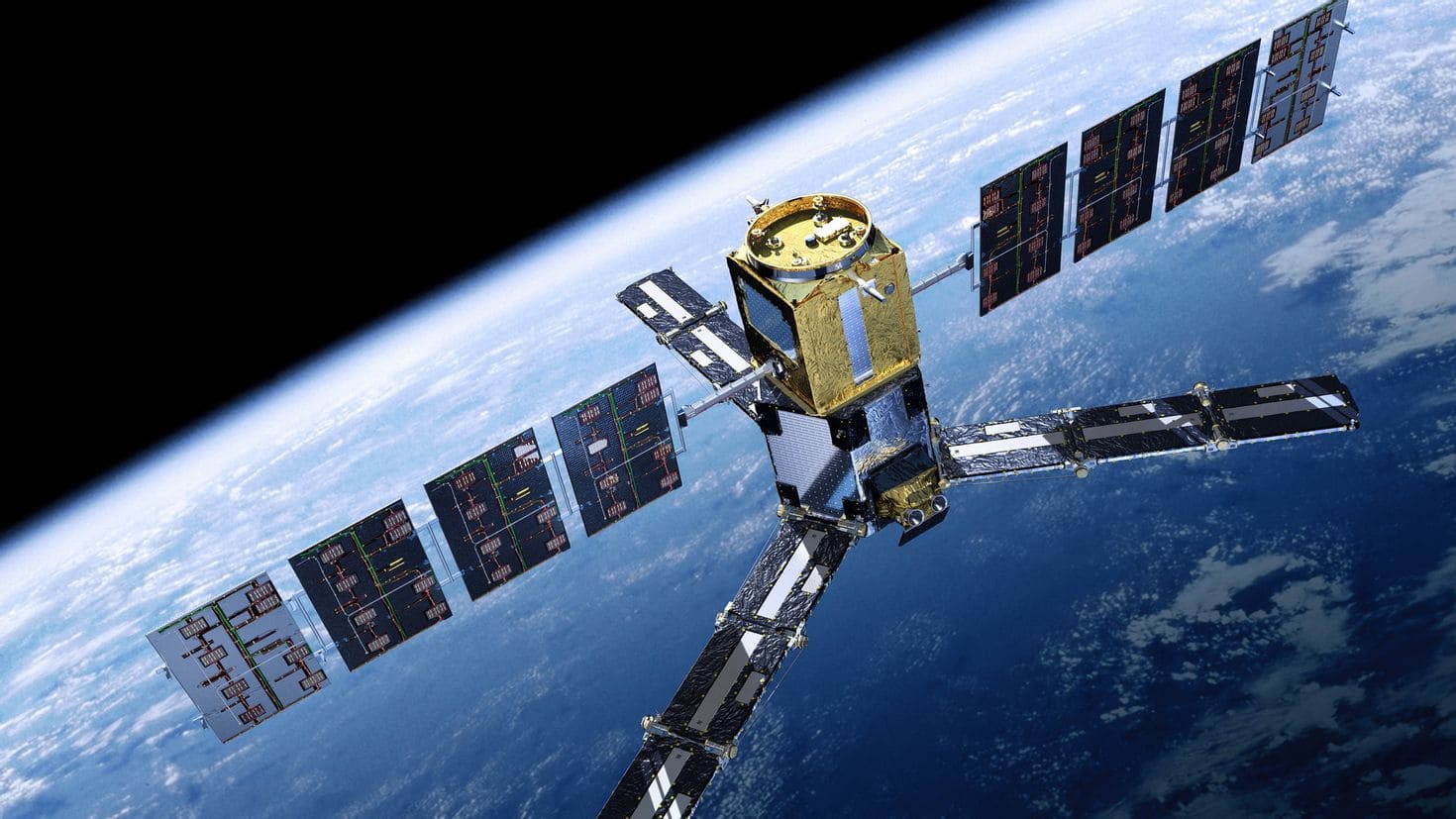Small crustal movements called “moonquakes” occur on the Moon. They are not noticeable to humans, but for scientists they are important events that provide information about the internal structure of the Moon. During the Apollo missions, several seismographs were placed on the Moon. The Apollo 17 spacecraft delivered 4 instruments there. They have been providing Earth with data on lunar earthquakes for many years. Now this data has been verified again using artificial intelligence. An amazing discovery occurred.
The team found that particularly large signal fluctuations in earthquake data were caused not by processes in the lunar rocks, but by artificial structures, more specifically Apollo 17. The instrument data was influenced by the lunar lander several hundred meters away from the seismographs.
Every time the Sun rises over the Moon, there is a huge increase in temperature. The sun’s rays warm the metal landing module. The module’s expanding components cause vibrations that are detected by sensitive seismographs. A new signal was received every 5–6 minutes for more than 5–7 hours.
New seismograph on the Moon.
Not only do the findings provide a better explanation of past data, but the lunar module’s movements could also be useful for future space missions, according to CNN. The current lunar mission may provide additional information about how strong modules need to be built and what hazards need to be considered. The Indian space probe Chandrayaan-3 also has a seismograph on board. According to the Indian space agency ISRO, the device has already detected lunar earthquakes. However, information about this has not yet been disclosed.



